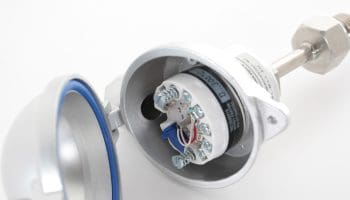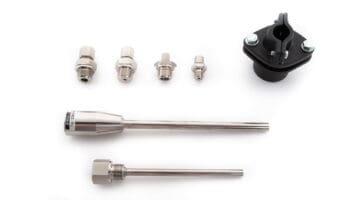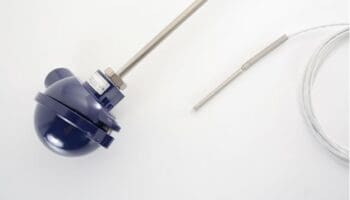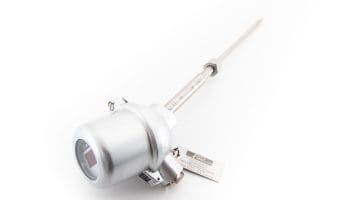Temperature sensors
Temperature probes are products with built-in or implemented temperature sensors. Temperature sensors convert the sensed temperature change into a resistance or voltage, hence the term temperature sensors. The gauges, which can be part of the temperature probes or stand-alone, display this value as temperature.
There are many different types of temperature probes. Some are submerged, others are surface-mounted or embedded in housings and different media. There are many standard, similar designs, and even more that are tailor-made to the client’s needs. Therefore there is a wide range of temperature probe designs.
RTD = resistance temperature detector
TC = thermocouple
NTC thermistor = negative temperature coefficient = NTC thermistor
PTC thermistor = positive temperature coefficient = PTC thermistor
The basic feature of a temperature sensor is the measurement of its own temperature. By installing it into the enclosure, we protect it and at the same time extend its response time. The quality of the sensors and materials, the method of manufacture, connections, fillings and installation depths, we influence the accuracy of the measurement. We use these features to adapt to the requirements of the customer or the process and to treat the results correctly.
In general, resistance temperature sensors and thermocouples have a fairly wide range of applications and standardized characteristics. However, they have both the same characteristics, which allow us to make the adjustments mentioned above, so it does not matter which sensor technique is used for a particular purpose. This is where experience and test/calibration skills and capabilities of us-the temperature sensor manufacturers, are important.















